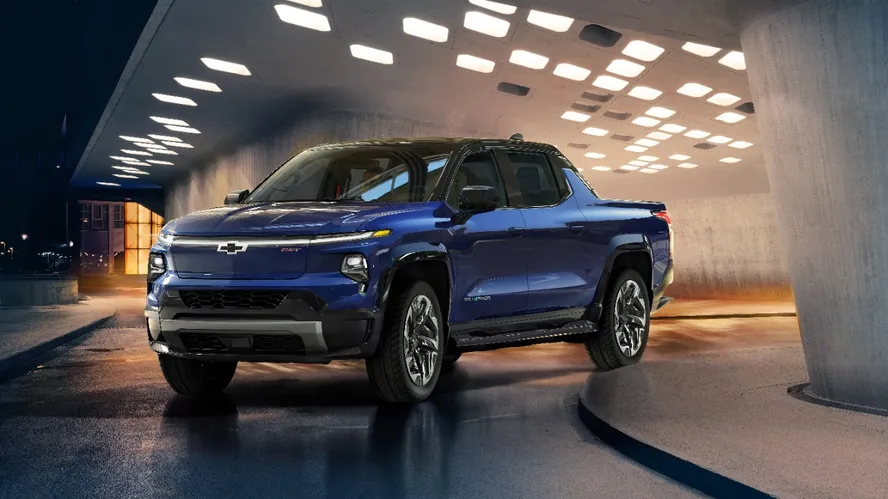Did you know that by 2024, the number of electric vehicle (EV) charging stations in America is projected to surpass that of gas stations? According to recent reports from Bloomberg Green, the push for a more sustainable future is driving an unprecedented expansion of EV charging networks across the country. This rapid growth is not just reshaping the landscape of American transportation but also making the EV lifestyle more accessible and convenient than ever before. In this article, we will explore how EV charging networks are expanding across America in 2024, the key players driving this growth, and how these changes will impact daily living for EV owners.
The Rise of EV Charging Networks
The Rapid Expansion of Charging Stations
The EV charging network in the United States is experiencing significant growth. In 2024, the number of publicly accessible charging stations is expected to reach over 200,000, a substantial increase from previous years. This expansion is fueled by both public and private investments aimed at improving infrastructure to meet the growing demand for electric vehicles.
- Federal and State Initiatives: The Biden administration’s infrastructure plan includes a $7.5 billion investment to build a national network of 500,000 EV chargers by 2030. This plan aims to strategically place chargers along highways and in rural areas to ensure nationwide accessibility.
- Private Sector Contributions: Companies like Tesla, Rivian, and Volkswagen are heavily investing in their own charging networks. Tesla’s Supercharger network, for instance, is set to double its capacity by the end of 2024, further solidifying its position as a leader in the EV charging industry.
Key Players in the Charging Network Expansion
Several companies are at the forefront of the EV charging network expansion:
- Tesla: Known for its widespread Supercharger network, Tesla continues to innovate with faster charging speeds and greater accessibility.
- Electrify America: A subsidiary of Volkswagen, Electrify America plans to add over 1,800 fast-charging stations by the end of 2024, focusing on urban centers and highway corridors.
- ChargePoint and EVgo: These companies are expanding their networks with a focus on convenience, offering charging stations at retail locations, supermarkets, and workplaces.
The Impact on Daily EV Life
Convenience and Accessibility
The expansion of EV charging networks is making the electric vehicle lifestyle more convenient and accessible:
- More Charging Options: With an increasing number of charging stations, EV owners will have more options for charging their vehicles, reducing range anxiety and making long-distance travel more feasible.
- Faster Charging Times: Technological advancements are leading to faster charging times. Many new stations are equipped with ultra-fast chargers that can charge an EV battery to 80% in just 30 minutes.
Economic and Environmental Benefits
Switching to an electric vehicle offers several economic and environmental advantages:
- Cost Savings: EV owners can save significantly on fuel costs. According to the International Energy Agency (IEA), EVs can save drivers up to $1,000 annually compared to gasoline-powered vehicles.
- Reduced Carbon Footprint: By 2024, widespread EV adoption could reduce carbon emissions by millions of tons annually, contributing to cleaner air and a healthier environment.
Practical Tips for EV Owners
How to Make the Most of Charging Networks
- Plan Your Routes: Use apps like PlugShare and ChargePoint to locate charging stations along your route, ensuring a smooth and stress-free journey.
- Take Advantage of Incentives: Many states offer incentives for EV charging, such as reduced electricity rates during off-peak hours. Check local programs to maximize savings.
- Stay Informed on Charging Technologies: As charging technology evolves, keep informed about the latest advancements to take advantage of faster and more efficient charging options.
Choosing the Right EV Charger
When selecting an EV charger, consider the following:
- Charging Speed: Determine whether you need a Level 1, Level 2, or DC fast charger based on your daily driving needs.
- Location: Consider installing a home charger for convenience and lower charging costs, or utilize public chargers if home installation is not feasible.
- Compatibility: Ensure the charger is compatible with your vehicle’s make and model for optimal performance.
Conclusion
As EV charging networks continue to expand across America in 2024, the benefits for electric vehicle owners are clear: greater convenience, cost savings, and environmental impact. The growth of charging infrastructure is not just a win for EV drivers; it’s a crucial step toward a sustainable future. Whether you’re an EV owner or considering making the switch, the time has never been better to embrace the electric lifestyle. What are your thoughts on the future of EV charging networks? Share your opinions in the comments below, and let’s drive the conversation forward. As we look to the future, it’s clear that the electrification of transportation is not just a trend—it’s a transformation.

